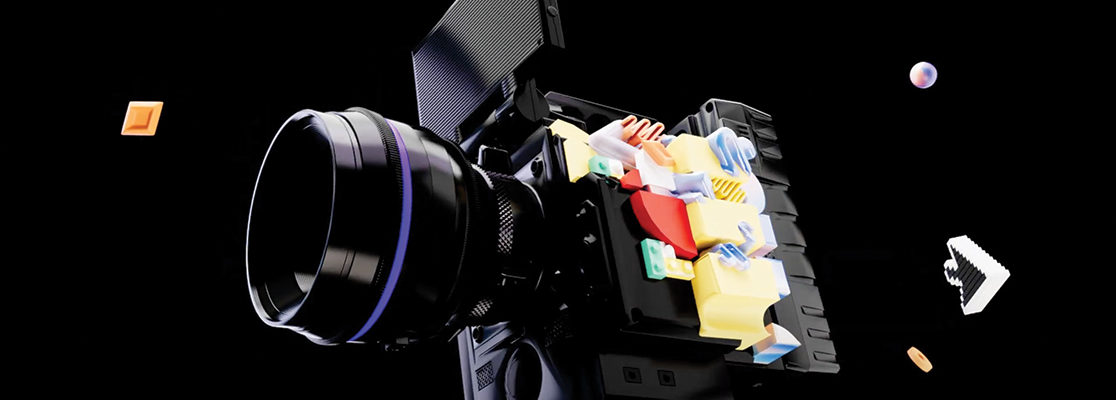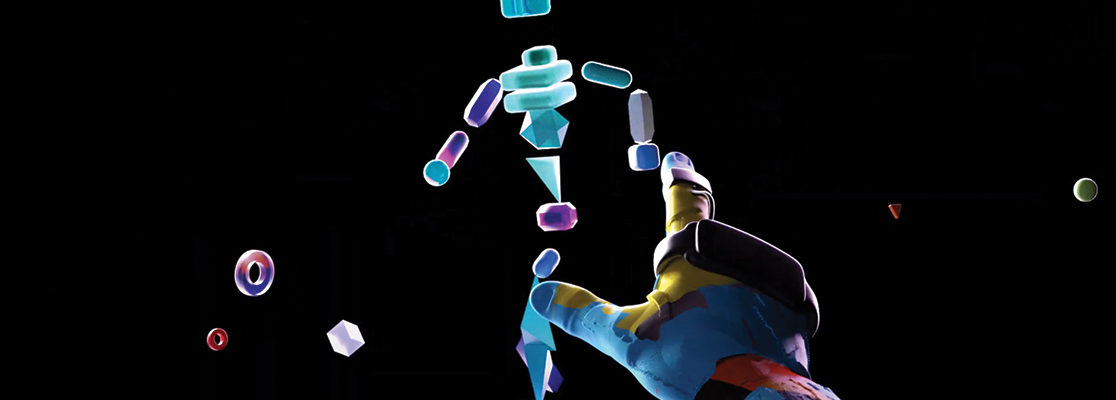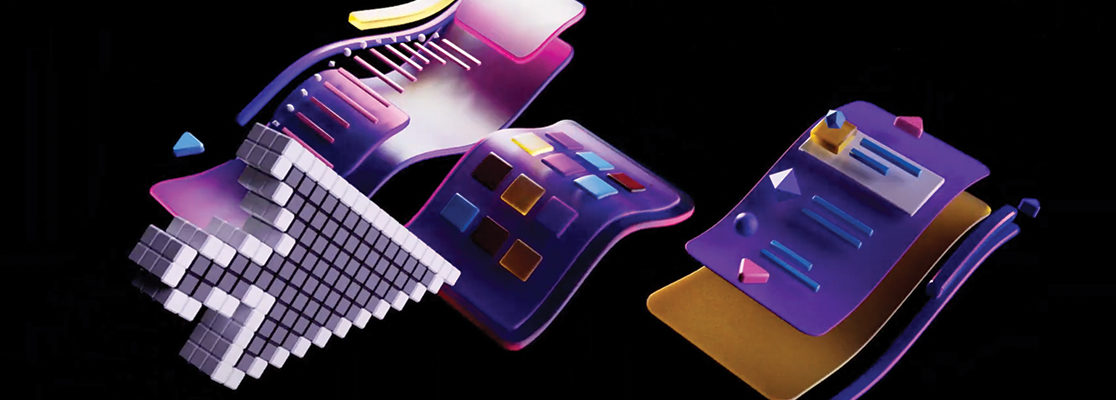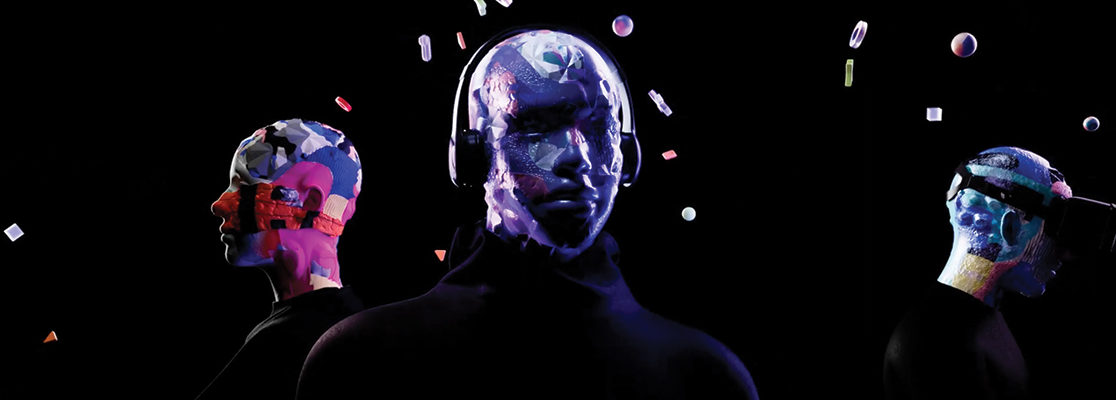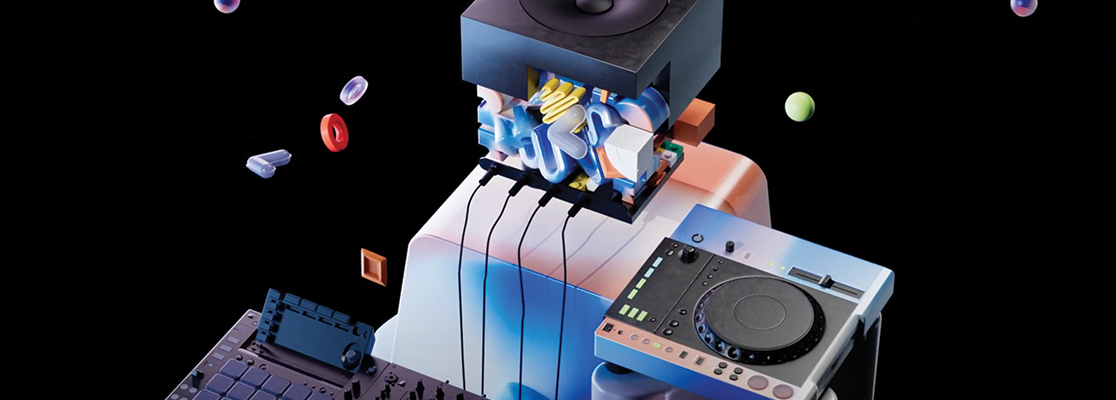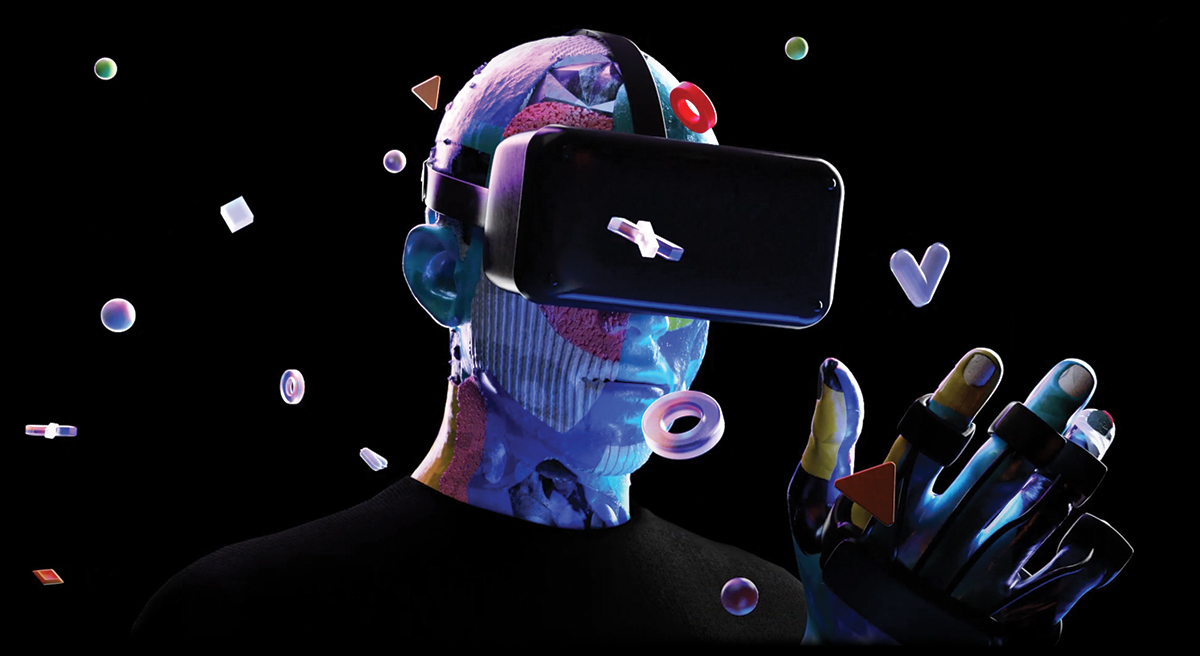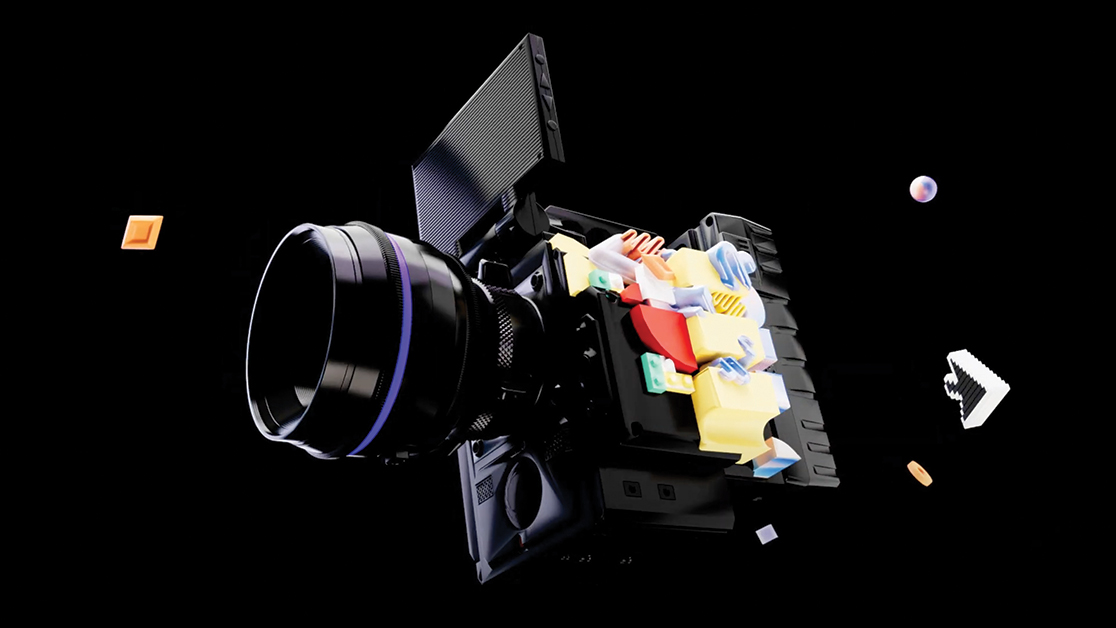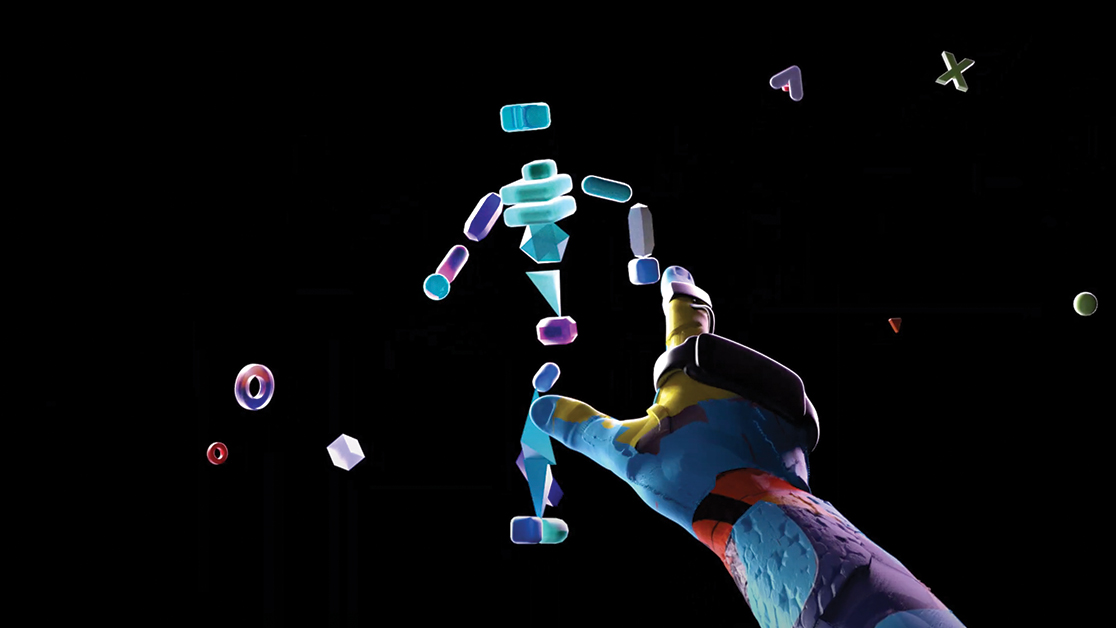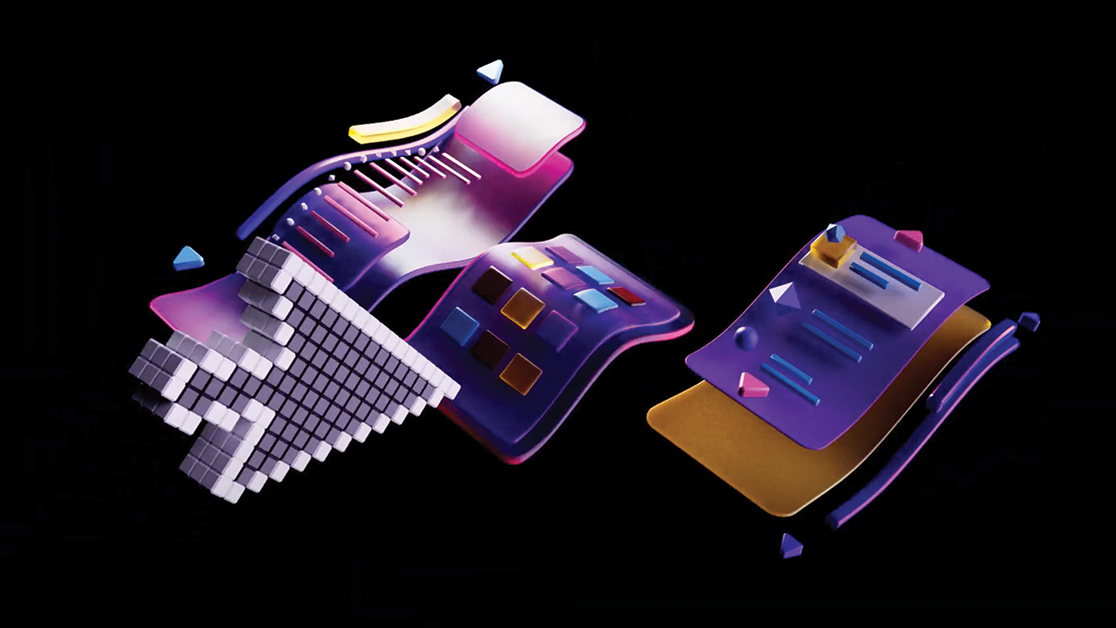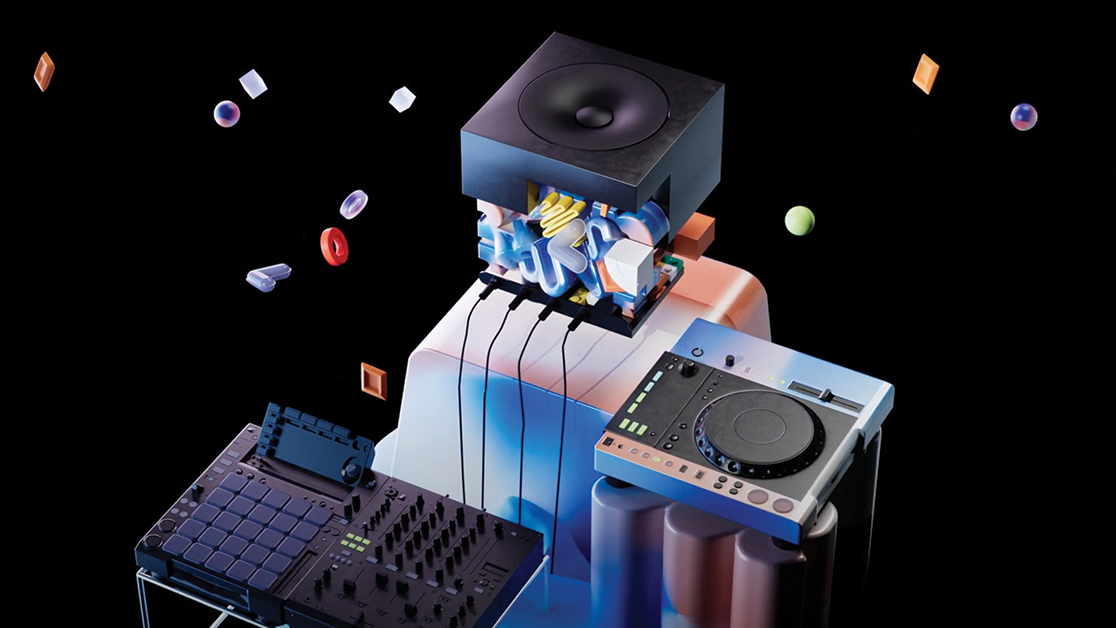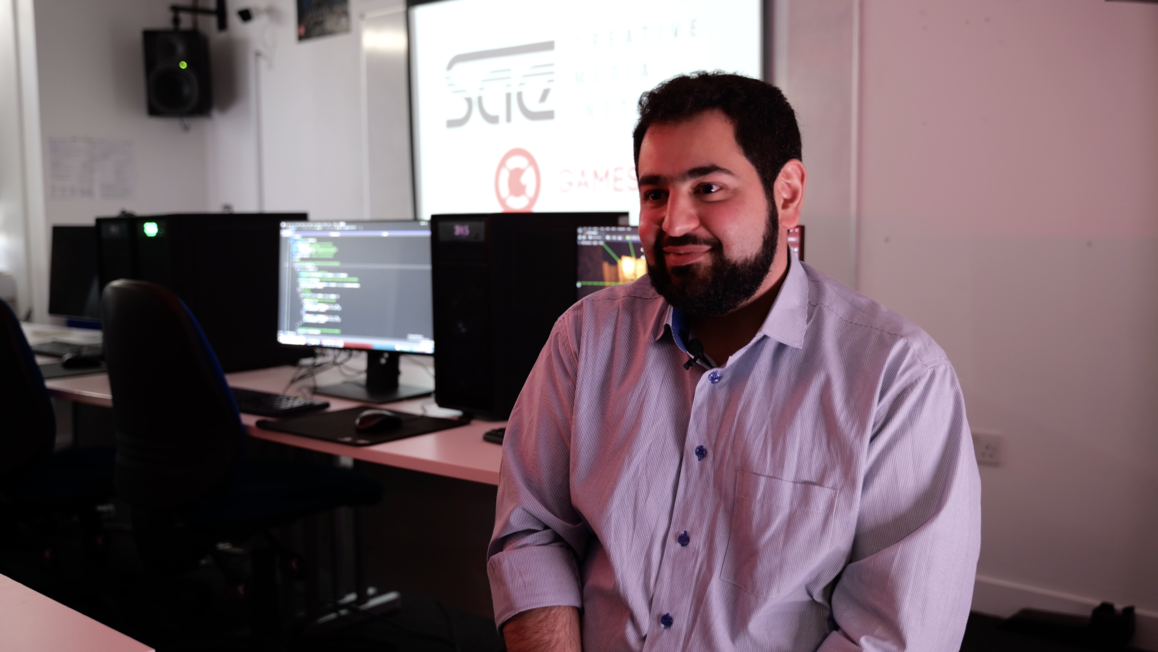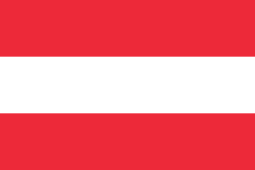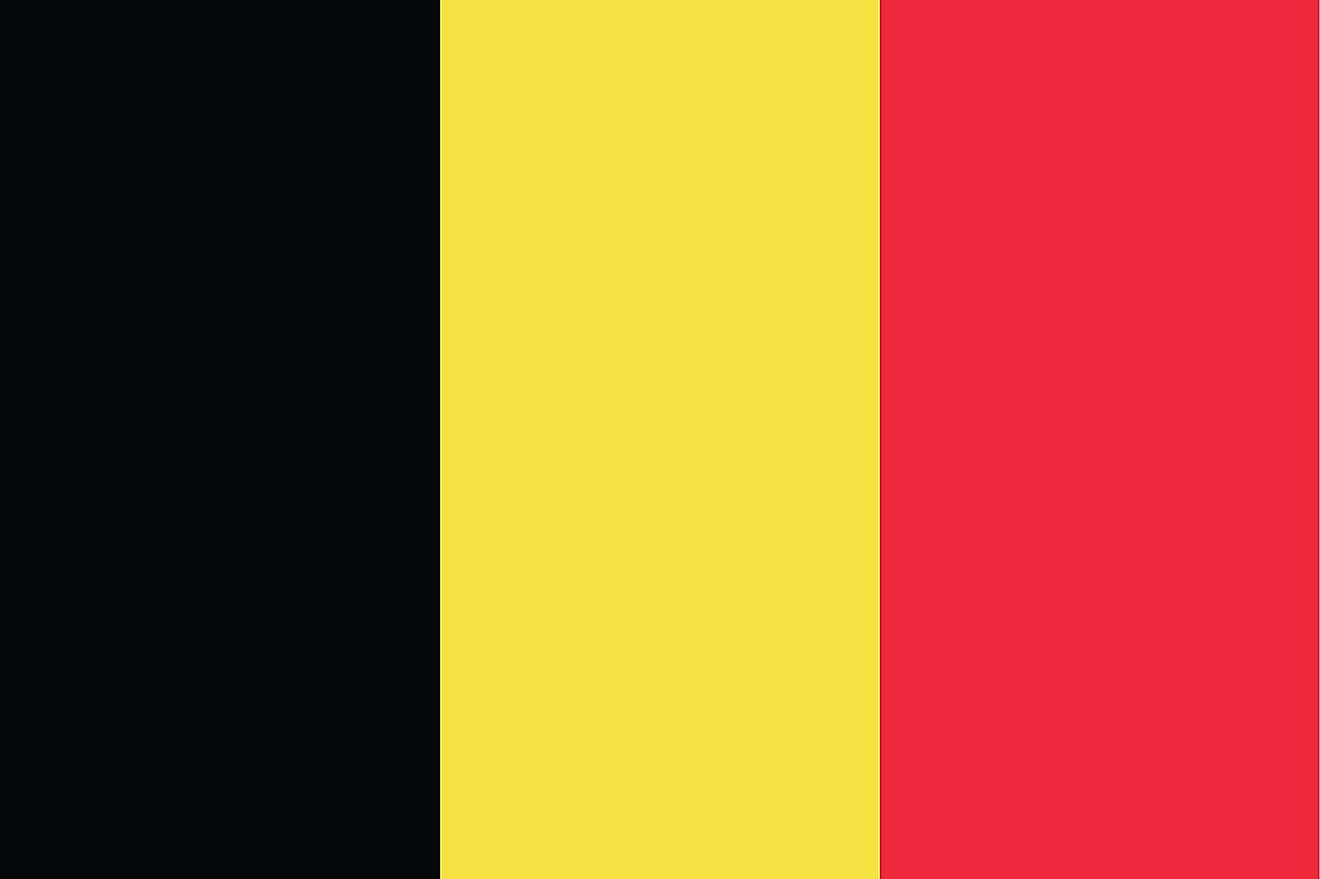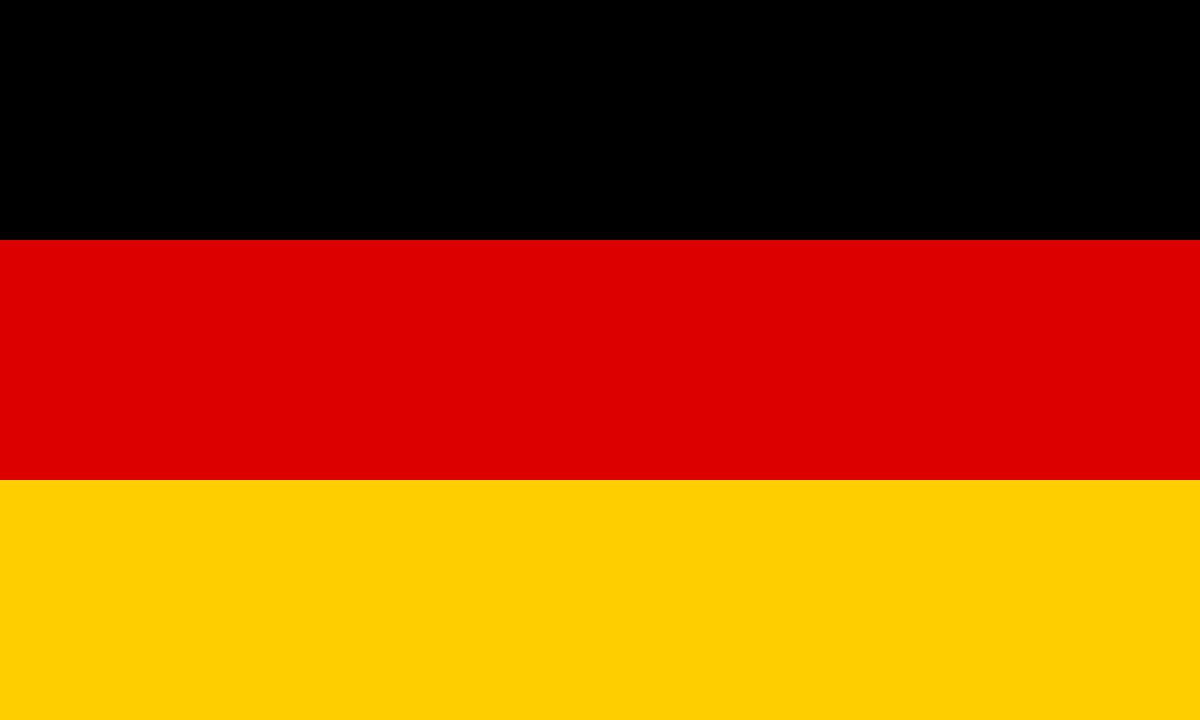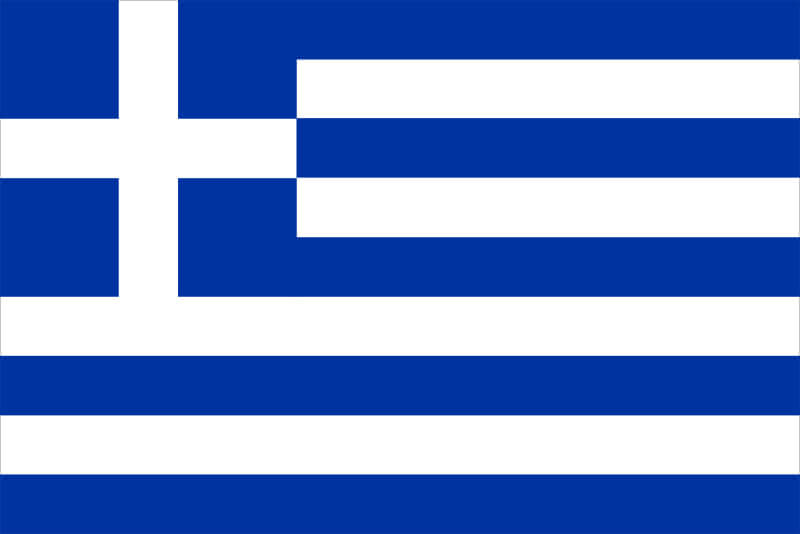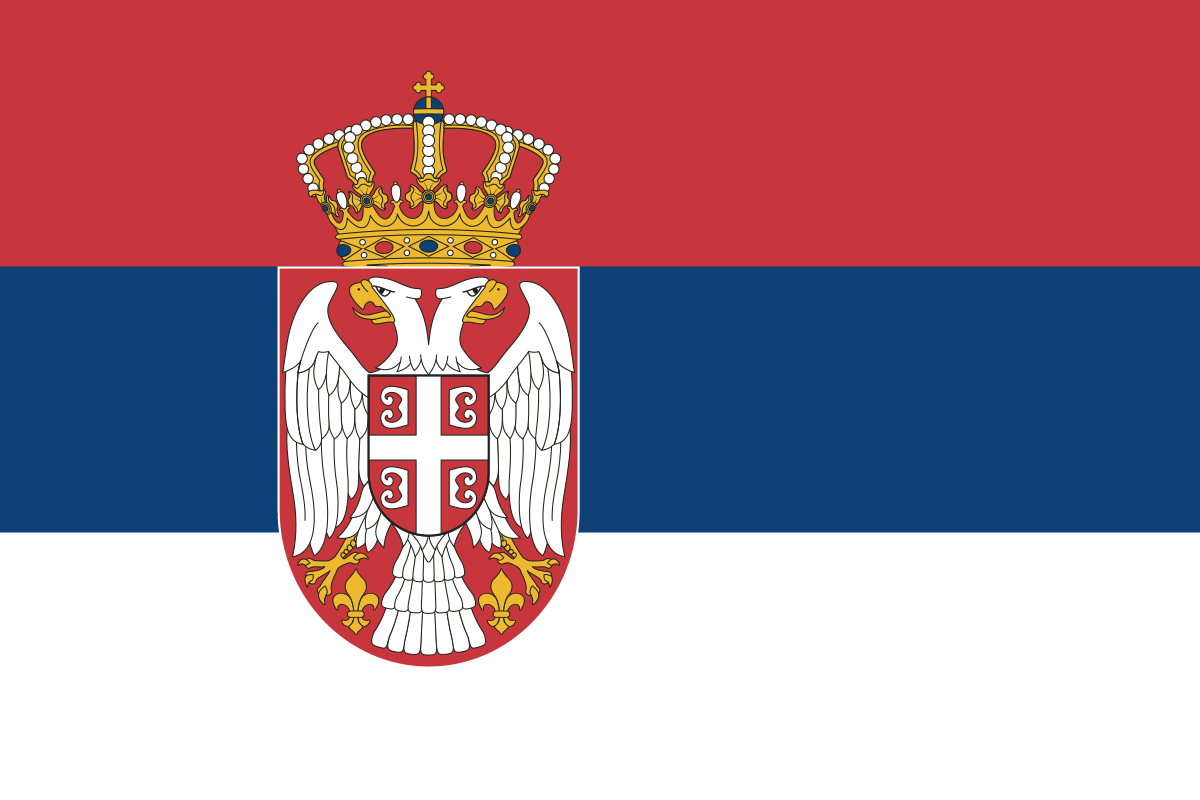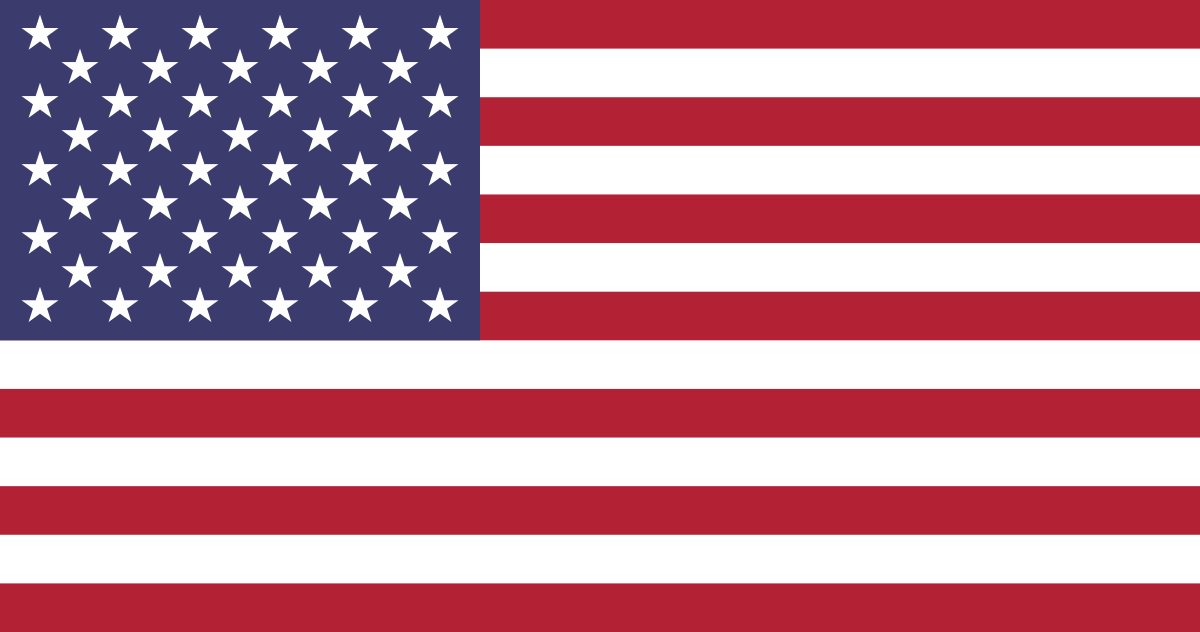Game Design Lecturer Hamie Nouri has enjoyed some great collaborative experiences while with SAE.
In our interview, Hamie shares more about his career in the creative industries as well as his thoughts on how collaborating with peers from different courses can shape our students.
Read more below and get in touch with our team if you would like to join a degree with us.
What are the powers of game designers?
The power of game designers? I guess it’s less about the power of game designers and more about the brain of the game designers.
They are the masterminds behind the curtain, orchestrating all the
movements.
They decide where things should go, how programming connects different elements, and the overall vision. This doesn’t mean that collaboration and creativity with others aren’t important.
However, game designers are the pillars holding everything together, like the Captain America of the Avengers, calling everyone to assemble.
What makes SAE’s game design course special?
The Game Design course is unique because it focuses specifically on the design aspect.
It’s not just about the modelling or aesthetics but also the psychology of the player – so exploring why the player should do something, not just how.
The course heavily emphasises this while also incorporating collaboration with peers from Games Programming and Game Art and Animation. This way, students understand how different disciplines think and interact, preparing them for industry scenarios.
How is the course designed to equip students?
To equip students with the skills needed to become full-fledged game designers, the course ensures they learn essential skills like level design and game design.
By graduation, they can pitch concepts and understand industry expectations. The course also emphasises communication skills, teaching students how to interact with different cohorts, present ideas, and clearly articulate their thoughts.
What opportunities for creative collaboration are there in the game design course?
One of the key aspects of the course is collaboration. Game design is at the heart of the operation, connecting various disciplines like Game Art and Animation, Game Programming, and Audio Production. Students experience this through different trimesters, working in studio-like environments to create games.
This collaboration extends beyond SAE to include other colleges and industry groups, like ICMP and Liminal VR, providing a thoroughly comprehensive experience.
Can you give us any examples of industry connections or partnerships that have contributed to the game design course?
We bring in industry professionals to hold guest lectures and sessions. For example, we’ve had Sports Interactive talk about job application tips, Sony discuss various aspects of the industry, and indie developers share their experiences.
These interactions are crucial for students as they learn how to prepare their portfolios, apply for jobs, and understand what industry professionals look for when hiring.
What facilities and software do game design students have access to?
We ensure that our students have access to facilities, hardware, and software that meet industry standards. This includes tools like Autodesk, ZBrush, Substance Painter, and Unreal Engine.
This exposure allows students to become proficient and comfortable with the equipment, making their transition into the industry seamless.
What kind of expert support is available to students on the game design course?
To support students, we have a team of industry professionals and lecturers with diverse expertise in a variety of related fields. Students can book one-on-one sessions with these experts to get personalised guidance. Additionally, technicians well-versed in the necessary software and hardware are available to assist students.
What are the career paths and opportunities for students studying the game design course?
Studying this course doesn’t restrict you to just being a game designer. The knowledge and skills gained can be applied in various fields. Graduates can pursue careers in game design, project management, or other related areas.
The versatility of the skills learned allows for flexibility in career choices, both within and outside the games industry.
STUDY GAME development AT SAE
SAE offers two-year accelerated degree courses in growth creative media industries including Game Design, Game Art and Animation and Games Programming – all aimed at helping the next generation of creative professionals get ahead.
From our expert tutors to our cutting-edge computer labs, SAE’s degree will enable you to master a range of both technical and practical industry-relevant skills.


